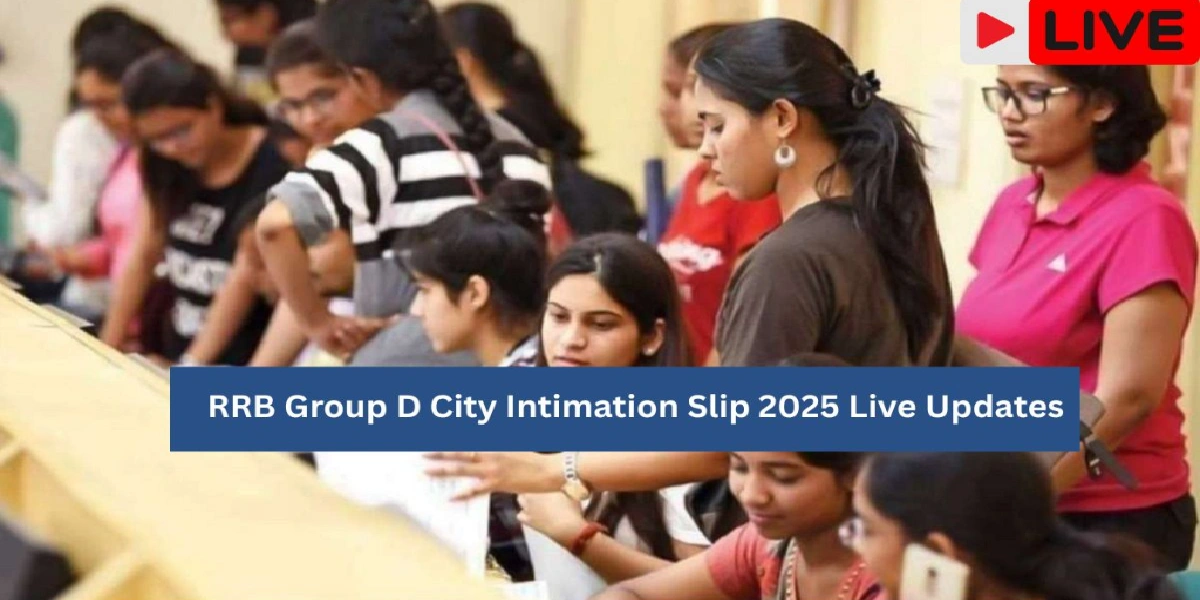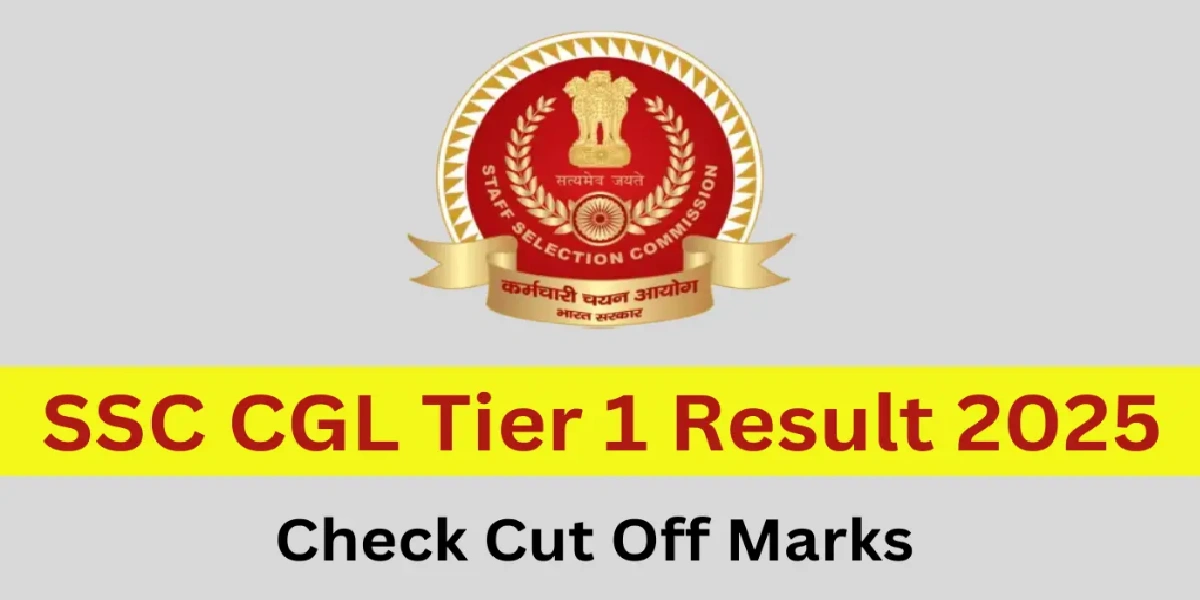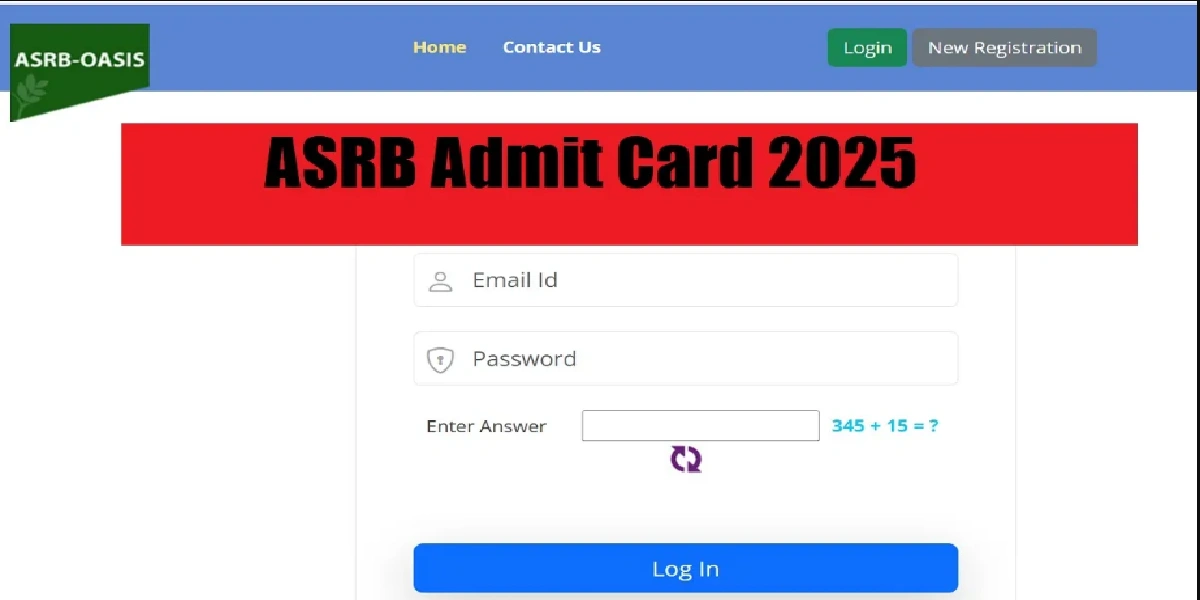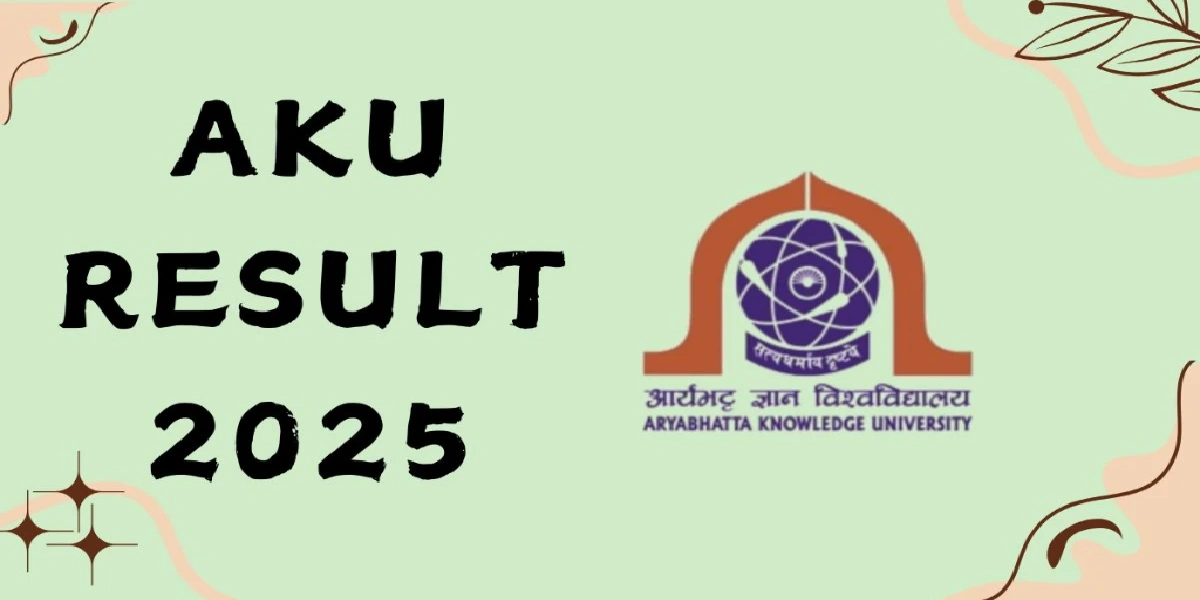Management DirectingManagement Directing may be defined as the process of instructing, guiding and inspiring human factors in the organization to achieve organization objectives. It is not only issuing orders and instructions by a superior to his subordinates but also including the process of guiding and inspiring them to work effectively.
Directing includes the following elements:
- Leadership
- Motivation
- Communication
NATURE OF DIRECTING MANAGEMENT
The characteristics or nature of directing management are summerised as follows:
- Directing is an important managerial function through which the management initiates actions in the organization.
- It is performed at all levels of management. Every manager in the organization performs his duties both as a superior and a subordinate.
- It is a continuous process and it continues throughout the life of the organization.
- It has dual objectives. It aims at getting work done by the subordinates and the other hand, to provide superiors opportunities for the same more important work which their subordinates cannot do.
- It basically initiates at the top level of the organization and follows to bottom through the hierarchy. It emphasizes that a subordinate is to be directed by his own superior only.
SCOPE OF DIRECTING
The scope or importance of the directing in the organization lies in the fact that every action is initiated through direction. Directing informs the human beings in the organization what he should do, how he should do, and when he should do. The scope of the directing in the organization is summerised as follows:
- Directing conveys management perspective of the organization to the individuals and motivates them to function in the desired way to meet the organizational objective. Therefore, directing initiates the activity of other managerial functions, such as planning, organizing, staffing etc.
- Directing integrates the employee’s individual efforts to make it effective to achieve organization objectives, since each individual’s performance affects the performance of others in the organization.
- Without having a proper motivation, leadership and communication, individual’s capability and potential may not be fully utilized. Those motivation, leadership and communication are the elements of directing. Therefore, directing provides the way to utilize the capability of the individual and attempts to get maximum out of them.
- Any changes in the society, where the organization exists, will affect the organization structure and the individuals within it. Directing motivates individuals affected by these changes to incorporate and implement the changes.
Directing with its elements provides the stability in the organization and maintains the balances in the different parts of the organization.
HUMAN FACTORS IN MANAGING
Every enterprise has its own objectives which may differ from others. Management directing Similarly, the individuals involved also have the needs and objectives that are especially important to them. Through the function of leading, mangers can satisfy their own needs and utilize their potential and at the same time, contribute to the aim of an enterprise.
Multiplicity of Roles
Individuals are not only the productive factor in management’s plans. They are members of social system of many organizations. For example, they are consumers of goods and service and thus, they primarily influence demand. Similarly, they are members of families, schools, churches, trade association and political parties. By these different roles, they establish laws that govern mangers, ethics that guide behaviour and a tradition of human dignity that is a major characteristic of our society.
Individuality
Each individual is unique, they have different needs, different ambitions, different attitudes, different desires for responsibility, different levels of knowledge and skills and different potentials. The mangers should understand the complexity and individuality of people. If not so, they may misapply the generalizations about motivation, leadership and communication. Even though the principles and concepts are general in nature, it should be adjusted to fit specific situations. Anyway all the needs of individuals in an enterprise cannot be completely satisfied but the mangers have considerable thought in making individual arrangement.
Personal Dignity
Managing implies achieving enterprise objectives. Achieving results are important, at the same time the means of achieving it, should not violate the dignity of people. Individual dignity means that people must be treated with respect without considering their position in the organization. All workers from top level executives to bottom level workers are working to attain organizational objectives. Each is unique with different abilities and aspirations but all are human beings and all deserve to be treated as such.
CREATIVITY AND INNOVATION Management Directing
Another important factor in managing people is creativity.
Nature of Creativity
Creativity is defined as the ability to produce new and useful ideas through the combination of known principles and components in novel and non obvious ways. Creativity exists throughout the population, largely independent of age, sex, and education. To have an effective research organization, it requires the understanding about creative process, identifying and acquiring creative people, and maintaining an environment that supports rather than inhibits creativity.
Creative Process – Management Directing
Creativity is a very complex process. Many of us believe that is unexplainable and comes out of the clear blue sky for no apparent reasons. But this is not a good and valid explanation, and behavioural scientists believe that through specific process, creativity emerges. The following are the steps usually identified in describing this process management.
Saturation: It may be true that some new ideas may come just by the way but the most important way to get right ideas is to work on a baffling problem, and work hard. For example, a manager should thoroughly conversant with the problem on hand. For him, saturation stage normally begins in thorough familiarity with a problem itself, its history, its importance, its relationship to other parts of the business, and its setting. It will provide the manger an insight in identifying the real problem and he can think for suitable solution.
Preparation: This step is a period of conscious, direct, mental effort devoted to the accumulation of information pertinent to the problem. During this step, the following activities are carried out (a) structure the problem, (b) collect all available information, (c) understand relations and effects, (d) solve sub-problems, and (e) explore all possible solutions and combinations that may lead to a satisfactory solution.
Frustration and incubation: Failure to solve the problem satisfactorily by the analytical process above leads to frustration the creative person. Therefore, he may engage himself in activities totally unconnected with the problem; he may watch movie, play video games, and go for other entertainment, and so on. However, the problem, fortified with all the facts gathered about it, incubates in the subconscious mind. The subconscious mind engages continuously in generation of ideas for the solution of problem even though people may not be aware about it. During the process of incubation, the mind will work subconsciously to create certain new ideas.
Inspiration or illumination :
A possible solution to the problem may occur as a spontaneous insight Management Directing, often when the conscious mind is at rest during relaxation or sleep. Raudsepp states that “creative ideas may and do appear at any hour and under the strangest of circumstances”. Sometimes, many ideas may come when one is not really thinking about the problem consciously.
Verification Directing : This is the final stage of creative process and involves verifying, modifying, or applying the ideas towards the solution of the problem under study. Intuition or insight is not always correct, and the solution revealed in a flash of insight must now be tested and evaluated to assure it is a satisfactory solution to the problem. This is actually a very critical phase in creative process because new ideas are worthless until that come into full form and are available for consideration by those who can use them.
Creativity and Decision Making – Management Directing
Creativity is very important for decision making, whether it is organizational decision or personal decision. Creativity is a skill that significantly differentiates good decision makers from poor. The creativity is required to develop alternatives, enrich possibilities, and imagine consequences. The role of creativity is maximum in generating alternatives which can be considered for evaluation and choice. Any given solution is only one of a number of alternatives.
In fact, there is no problem that has only one possible solution; and no decision make should approach a problem with the assumption that it has only one solution. The concept of equi-finality applies to problem solving. Equi-finality suggests that final state can be reached from different conditions and by a variety of paths. The decision maker should consider maximum alternatives though which he can solve the problem requiring decision. More alternatives can be found out through creative process since creative thinking is directed towards generating new ideas.
Creativity is required specially for solving problems which are non-repetitive and unique. Such problems cannot be solved by known methods and past experience. A fresh approach, a new twist and, a novel arrangement of recognized parts are often necessary to find an acceptable solution. Preferably, a manager should be able to create original ideas himself; at a minimum, he needs acumen in spotting good ideas of other people.
Creativity Tools
Creativity tools are designed to help you devise, creative and imaginative solutions to problems. It helps you to spot opportunities that you might otherwise miss.
The following are various creativity tools:

Brainstorming – Generating many radical ideas
Brainstorming is an excellent way of developing many creative solutions to a problem. It works by focusing on a problem, and then coming up with very many radical solutions to it. The essence of brainstorming is a creative conference, ideally of 8 to 12 people meeting for less than an hour to develop a long list of 50 or more ideas. Suggestions are listed without criticism on a blackboard or newsprint as they are offered; one visible idea leads to others. At the end of this session, participants are asked how the ideas could be combined or improved.
Vertical Thinking and Lateral Thinking
We are all educated in a classical problem solving. Our schooling makes deductive, logical thought habitual. It is certainly true to say that its application has brought impressive advances in our knowledge. In a ‘vertical’ thinking, one starts with some known condition and then applies steps of reasoning aimed at reaching a goal.
Lateral thinking is the opposite to vertical thinking. In a lateral thinking, one is not constrained to follow completely the formal deduction process. One has an inspiration or flash and sees a new angle on the problem. The human mind is very good at seeing patterns, maintaining conformity of ideas and reinforcing concepts. In many ways, lateral thinking is brainstorming on your own. Lateral thinkers make jumps to new ideas and views, they are creative and imagination, often supplying ideas that vertical thinking alone could not provide.
Reversal Tool
Reversal is a good tool for improving a product or a service. In this method, creative thinkers ask the opposite of the question that he want to ask, and apply the results. For example: Imagine that you want to improve the response of a service center. Using Reversal you would ask ‘How would I reduce customer satisfaction?
After considering this question, you might give the following answers:
-
- Not answering the phone when customers call
- Not returning phone calls
- Have people with no product knowledge answering the phone
- Use rude stuff
- Give the wrong advice, etc.
After using Reversal, you would ensure that appropriate staff members were handling incoming phone calls efficiently and pleasantly. You would set up training programs to ensure that they were giving accurate and effective advice.
SCAMPER Tool
SCAMPER is a checklist that helps us to think of changes. We can make to an existing product to create a new one. These changes can be used either as direct suggestions or as starting points for lateral thinking.
The changes SCAMPER stands for are:
- S –Substitute – components, materials, people
- C – Combine – mix, combine with other assemblies or services, integrate
- A – Adapt – alter, change function. Use part of another element
- M – Modify – increase or reduce in scale, change shape, modify attributes
- P – Put to another use
- E – Eliminate – remove elements, simplify, reduce to core functionality
- R – Reverse – turn inside out or upside down, also use of
Reframing Matrix
Reframing Matrix is a simple technique that helps to look at business problems from a number of different viewpoints. It expands the range of creative solutions that you can generate. The approach relies on the fact that different people with different experience approach problems in different ways.
There are two different approaches to the reframing matrix however, we can use this approach in many different ways.
- The 4 Ps Approach: It relies on looking at a problem from different perspectives within a king
- Product perspective: Is there something wrong with the product?
- Planning perspective: Are our business plans or marketing plans at fault?
- Potential perspective: If we were to seriously increase our targets, how would we achieve these increases?
- People perspective: Why do people choose one product over another?
The ‘Professions Approach’:
Another approach in using a reframing matrix is to look at the problem from the viewpoints of different specialists. The way, for example, that a doctor looks at a problem would be different from the approach a civil engineer would use. It would be different from sales manager’s perspective.
Concept Fan- Widening the Search for Solutions
Concept Fan is a way of finding different approaches to a problem when you have rejected all obvious solutions. It develops the principle of taking one step back to get a broader perspective.
To start a concept fan, draw a circle in the middle of a large piece of paper. Write the problem you are trying to solve into it. To the right of it, radiate lines represent possible solutions to the problem.
- Start your mindmap (in a team or individually) by writing the main topic in the center of a large piece of blank paper.
- Think about what main factors, ideas, concepts, or components are directly related to your topic. Write down the most important factors as main branches off the central concept. Connect them to the main topic.
- Now concentrate on one of these headings or main ideas. Identify the factors or issues related to this particular idea. Additional branches and details can be added if needed. Use key words, not phrases, if at all possible, to keep the map uncluttered.
- Repeat the process for each of the main ideas. During this process, associations and ideas will not always come to mind in an orderly arrangement- soon you will be making extensions all over the mindmap. Continue the process for at least 10minutes until you can no longer add ideas to the map.
- Next the organization and analysis phase of mindmapping are come. Connect the related ideas and concepts. Review, annotate, organize, revise. Edit and redraw the mindmap until you are satisfied with the logic of the relationships among all the ideas.
- Finally, you are ready to begin writing. The time spent thinking up and organizing the mindmap will make the writing task easier. The result will be a well-organized and well-understood product.
Provocation- Carrying Out Thought Experiments
Provocation is an important lateral thinking technique. It works by moving your thinking out of the established patterns that you use to solve problems. We use it by making deliberately stupid statements (Provocations), in which something we take for granted about the situation is not true. Statements need to be stupid to shock our minds out of existing ways of thinking. Once we have made a provocative statement, we then suspend judgment and use that statement to generate ideas. Provocations give us original starting points for creative thinking
DO IT- A Simple Process for Creativity
DO IT is a process for creativity. Techniques explained earlier in this chapter focus on specific aspects of creative thinking. DO IT bundles them together introduce formal methods of problem definition and evaluation. These help you to get the best out of the creativity techniques.
DO IT is an acronym that stands for:
D – Define problem
O – Open mind and apply creative techniques
I – Identify best solution
T – Transform
These stages are explained in more detail below:
Define Problem
This section concentrates on analyzing the problem to ensure that the correct question is being asked.
Open Mind and Apply Creative Techniques : Directing Management
Once you know the problem that you want to solve, you are ready to start generating possible solutions. At this stage, we are not interested in evaluating ideas. Instead, we are trying to generate as many different ideas as possible. Even Bad ideas may be the seeds of good ones.
Identify the Best Solution:
Only at this stage you select the best of the ideas you have examining and developing a number of ideas in detail before you select one.
Transform: Having identified the problem and created a solution to it, the final stage is to implement this solution. It may take a great deal of time and energy.
Simplex Tool
Simplex is an industrial-strength creativity tool. Rather than seeing creativity as a single straight-line process, Simplex sees it as the continuous cycle it should be. Completion and implementation of one cycle of creativity leads straight into the next cycle of creative improvement.
Problem finding:
Often finding the right problems to solve is the most difficult part of the creative process. Problems may be obvious, or can be flushed out using trigger questions that deal with problems that exist now. It is also useful to try to look into the future.
Fact Finding: The next stage is to find out as much information relating to the problem as possible
It gives you the depth of knowledge you need to:
- Use the best ideas your competitors have had
- Understand customers needs in more detail
- Know what has already been tried
- Fully understand any processes, components, services or technologies that you may need to use
- Ensure that the benefits of solving the problem will be worth the effort you will put into it
This stage also involves assessing the quality of the information. Here, it is worth listing your assumptions and checking that they are correct.
Problem definition: At the time of reaching this stage, one should know roughly what the problem is and should have a good understanding of the facts relating to it. From here, the thing to do is to crystallize the exact problem or problems you want to solve.
Idea finding:
The next stage is to generate as many ideas as possible. Ways of doing idea finding is the range from asking other people for their opinions, through programmed creativity tools and lateral thinking techniques to brainstorming
Selection and evaluation Directing :
From the number of possible solutions to the problems, select the best one. The best solution may be obvious. If it is not, then it is important to think through the criteria you will use to select the best idea. Once you have selected and idea, develop it as far as possible. It is then essential to evaluate it to see if it is good enough to be considered worth using.
Planning Management :
Once you have selected an idea, and are confident that your idea is worthwhile, and then it is time to plan its t
Sell Idea: Up to this stage, you may have done all this work on your own or with a small committee. Now, you will have to sell the idea to the people who must support it. This might be your boss, a bank manager or other people involved with the project.
Action: Finally, after all the creativity and preparation, comes action. This is where all the careful work and planning pays off. Once, the action is firmly under way, return to stage 1. Problem finding is to continue improving your idea.
Characteristics of Creative People
Self-confidence and independence:
Creativity people seem to be self-confident, self-sufficient, emotionally stable, and able to tolerate ambiguity. Management Directing They are independent in thought and action and tend to reduce group pressures for conformity and rules and regulations that do not make sense.
Curiosity:
They have a drive for knowledge about how or why things work are good observers with good memories, and build a broad knowledge about a wide range of subjects.
Approach to problems: Creative people are open-minded and uncritical in the early stages of problem solving, generating many ideas. They enjoy abstract thinking and employ method, precision, and exactness in their work. They concentrate intensively on problems that interest them and resent interruptions to their concentration.
Some personal attributes:
Creative people may be more comfortable with things than people, have fewer close friends. They have broad intellectual interests: They enjoy intellectual games, practical jokes, creative writing, and are almost always attracted by complexity.
Providing a Creative Environment
Creative people tend to be independent, nonconformist, and to work intensively for long periods but with a disregard for conventional work hours. They are most effective in an organization that will tolerate idiosyncrasies, remove as much routine regulation and reporting as feasible, provide support personnel and equipment as required, and recognize and reward successes. People doing routine work and those doing creative work should be separated where it is possible.
Innovation
A difference can be made between creativity and innovation. The term ‘creativity’ refers to the ability and power to develop new ideas. On the other hand, innovation means the use of these ideas. In an enterprise, this can mean a new product, a new service or a new way of doing things.
Innovations are based mainly on bright ideas. It is very risky and not successful at all times. The most successful innovations are often the exited one. Innovation is not only relevant to high-tech enterprises but also crucial for old-line, traditional companies which may not services without the infusion of innovation. Innovation comes about because of some of the following situations:
-
- The unexpected event, failure or success.
- The fact that the difference between what is assumed and what really is
- The process or task that needed improvement.
- Change in the market or industry improvement.
- Change in the market or industry structure.
- Change in human populations.
- Change in meaning or in the way things are perceived.
- Innovation based on knowledge.
| Read More Topics |
| Organizing management |
| Controlling management |
| What is management planning |






